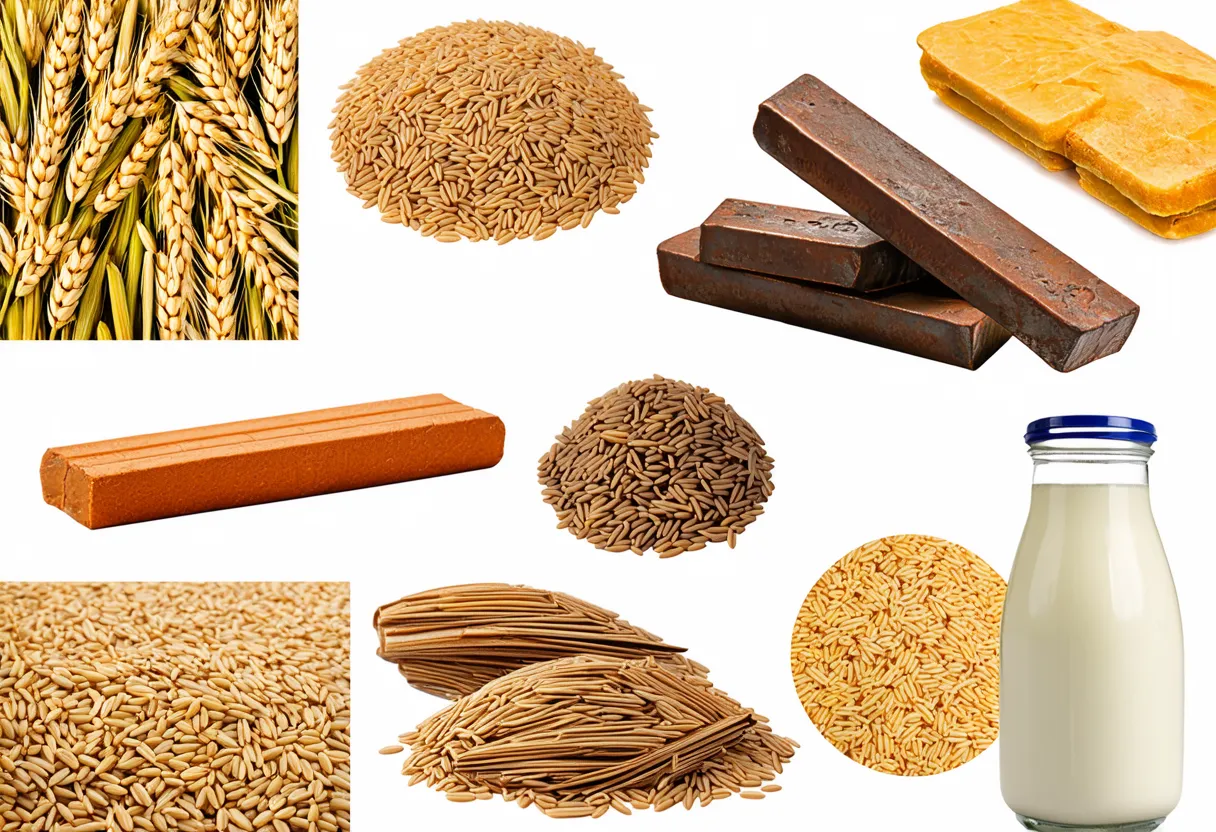Yemen, Rep. has a population of 33,696,614, ranking 45th globally, just behind Malaysia. Located in the Middle East, it covers 527,970 sq. km, ranking 50th, slightly smaller than Sweden.
Yemen’s economic position in 2022 reflects a challenging landscape, with a GDP of $21.89 billion, ranking 113th globally. It lags behind the Syrian Arab Republic, which has a GDP of $22.41 billion. In terms of GDP per capita, Yemen ranks 177th, with $650.27.
It is surpassed by the Congo, Dem. Rep., with a GDP per capita of $653.66. Despite facing economic difficulties, Yemen continues to strive for growth and stability in the face of various challenges.
What are the economic activities of Yemen?
- Primary activities: 20.3% of GDP.
- Secondary activities: 11.8% of GDP.
- Tertiary activities: 67.9% of GDP.

Primary Sector of Yemen
Yemen’s primary sector, focusing on agriculture, thrives due to its favorable climate and rich natural resources. With 44.42% of the land dedicated to agriculture, the country produces a variety of crops and animal products. The main agricultural products include mangoes/guavas, potatoes, onions, milk, sorghum, spices, watermelons, chicken, tomatoes, and grapes.
Despite agriculture contributing 20.3% to the GDP, its significance lies in the diverse range of products and their importance to the country’s food security and agricultural sector.
The diverse geological landscape in Yemen contributes to a rich array of natural resources. These include petroleum, fish, rock salt, marble, as well as smaller deposits of coal, gold, lead, nickel, and copper. Additionally, the fertile soil in the west enhances agricultural productivity, driving economic growth in the primary sector.
Yemen’s oil production of around 70,085 barrels per day ranks it 30th globally. With 3 billion barrels in reserves, it holds 0.18% of the world’s oil.
Yemen’s natural gas production of 2,850 million m³ in 2020 ranks it 57th in the world.
Secondary Sector of Yemen
What is the secondary sector or what are secondary activities?
The secondary sector involves industries that create finished products from raw materials. In Yemen, industrial products include crude oil, petroleum refining, cotton textiles, leather goods, food processing, handicrafts, aluminum products, cement, commercial ship repair, and natural gas production. These goods are manufactured for domestic consumption and export, contributing to the country’s economy.
In 2023, Yemen’s total exports are dominated by industries other than manufacturing, making the contribution of manufactures to the country’s exports relatively insignificant.
Tertiary sector of Yemen
What is the tertiary sector or what are tertiary activities?
The tertiary sector in Yemen encompasses various service-oriented activities that focus on providing intangible goods such as knowledge and expertise. Key activities include restaurants, healthcare, education, banking, communication, media production, and tourism. These services play a crucial role in enhancing productivity, meeting needs, and driving economic growth in the country.
Specifically, Tourism plays a crucial role in Yemen’s economy. With around 467,000 annual tourist arrivals (2019 data), constituting 1.4% of the population, popular destinations like the historic city of Sana’a and the fortified town of Shibam attract visitors, generating income and employment opportunities.
Another example of tertiary economic activity is the mobile cellular sector, with approximately 15 million subscriptions, supporting technological growth by enhancing communication, fostering innovation, and enabling digital services.
International Trade of Yemen
Import Activities of Yemen

Yemen’s import activities are crucial, accounting for nearly half of its GDP, totaling $10.9 billion in 2023.
Yemen’s main import activities include sourcing wheat, raw iron bars, rice, garments, and milk. Its key import partners are China (26%), UAE (14%), Turkey (10%), India (10%), and Oman (4%).
Exports Activities of Yemen

Yemen’s total exports in 2023 reached $1.73 billion, constituting 7.9% of its GDP. With a low export contribution, diversification and growth in this sector are crucial for economic stability and development.
Yemen’s export activities are diverse, with major partners like China, Thailand, and India. The country exports crude petroleum, scrap iron, gold, fish, and shellfish, with China being the largest export partner at 32%.
Yemen economy challenges in 2024
Yemen faces ongoing challenges in 2024 due to civil war devastation, decreasing oil reserves, and high poverty, food insecurity, and unemployment rates. The country’s economy struggles with infrastructure and trade disruptions, exacerbating inflation and hindering recovery efforts.




Leave a Reply